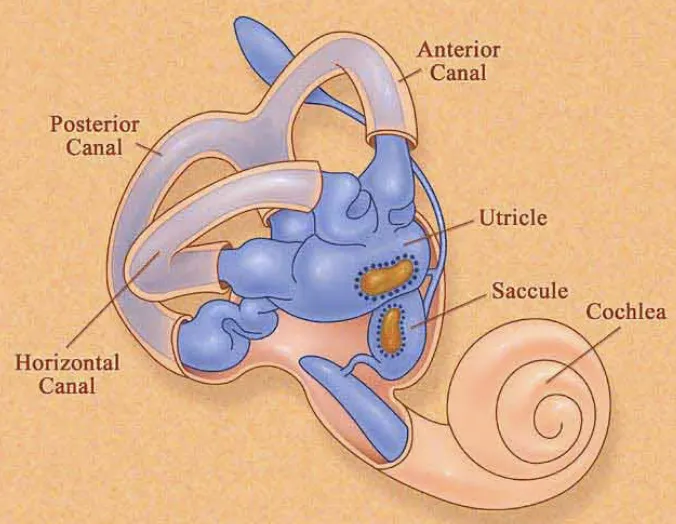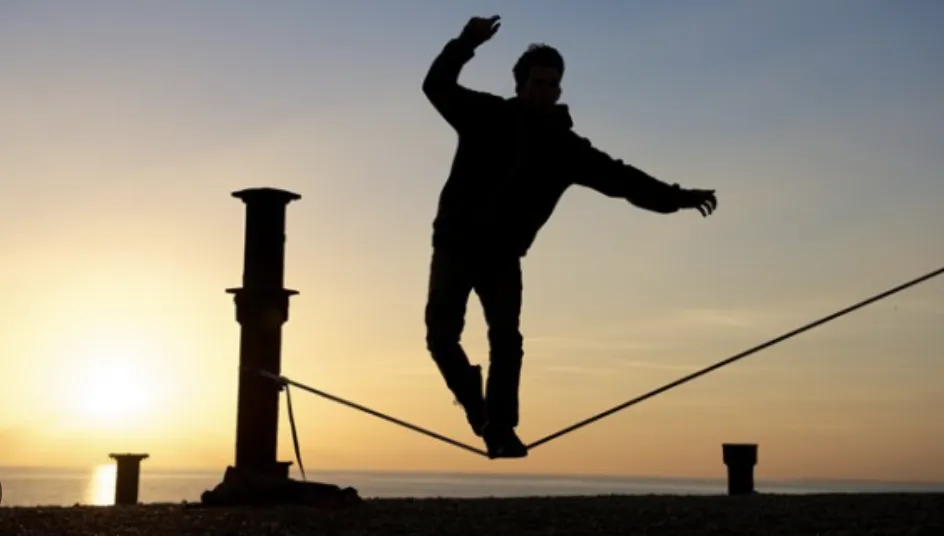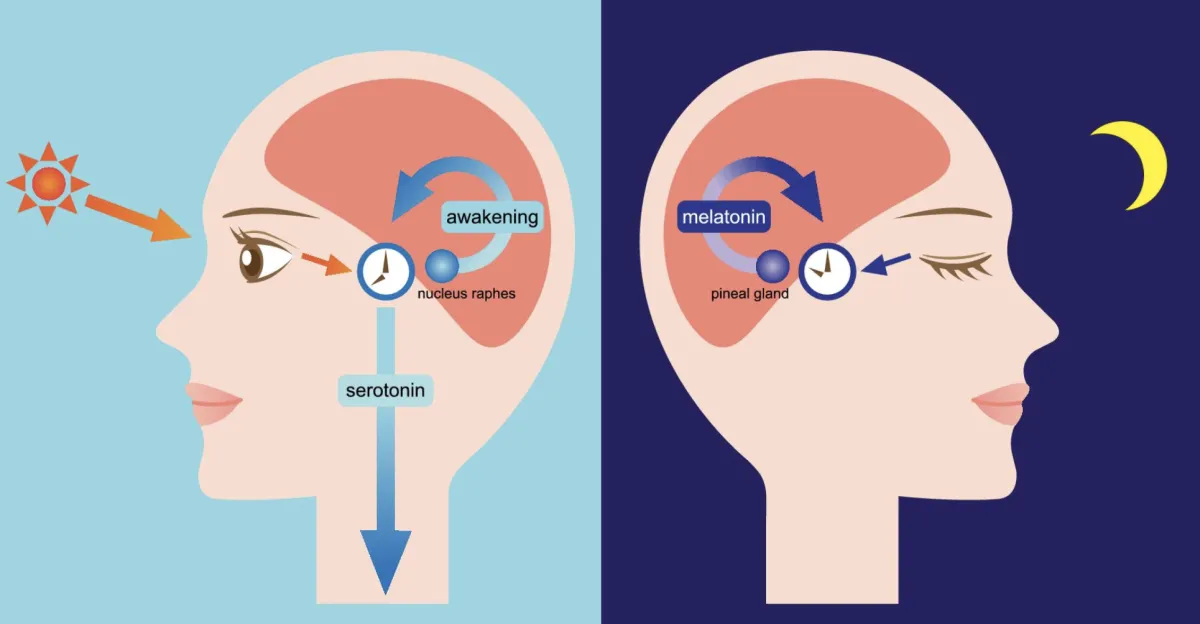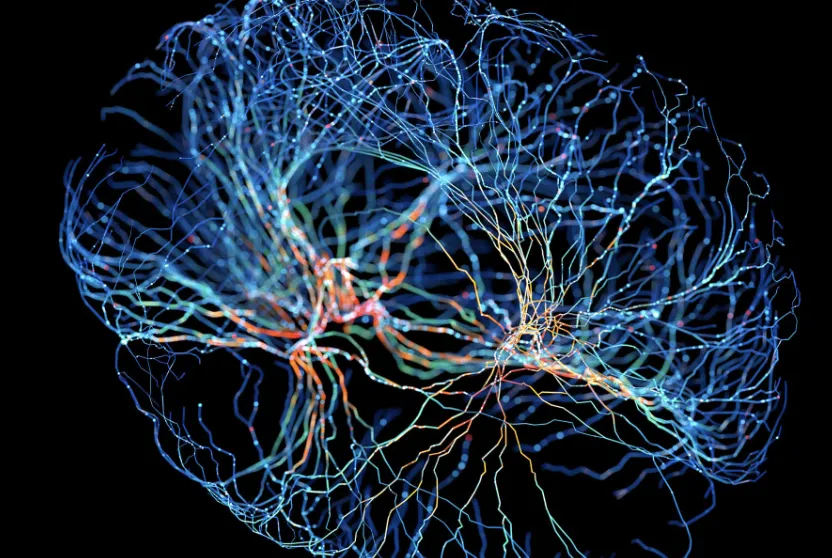

A Non-Invasive Neurobiomodulation, Modality for Improved Performance, Balance & Wellness.
Free Workshops are offered to any organization working toward PTSD mitigation for veterans
*west of Colorado*
Possible Mitigation of PTSD, Depression, Anxiety, Insomnia & Mood Enhancement.
Disclaimer: THIS IS NOT A MEDICAL DEVICE. The following statements have NOT been evaluated by the FDA. This modality is not intended to diagnose, treat, prevent, or cure any disease. We are not medical doctors, and the following information is rooted in hypothesis and anecdotal evidence. While there is scientifically documented evidence supporting the benefits of inversion and repetitive spinning, we are not making any claims regarding the capabilities of this machine or its impact on health. This machine is not advised for individuals with heart conditions, breathing difficulties, back pain, or those who are overweight and not in optimal physical condition. Please consult a physician prior to use.

A Revolutionary Approach to Healing
Inversion and rotation introduce a groundbreaking neurophysiological method for addressing PTSD, depression, anxiety, insomnia, and emotional disregulation by directly influencing the vestibular system, autonomic nervous system, and higher brain function. Unlike conventional treatments, this modality works at the root level of the nervous system, offering deep, lasting relief without reliance on pharmaceuticals.

The Vestibular System: The Key to Emotional & Behavioral Balance
The vestibular system, located in the inner ear, governs balance, spatial orientation, and coordination, while also playing a crucial role in emotional regulation and nervous system stability. When properly stimulated through inverted rotation, it can:
✅ Reset disregulated nervous system states that cause fight-or-flight responses in PTSD and anxiety.
✅ Enhance neuroplasticity, allowing the brain to break free from trauma-induced patterns.
✅ Improve sleep cycles and melatonin production, naturally correcting insomnia and circadian imbalances.

Benefits for PTSD, Anxiety, & Depression
✅ Down regulates the Fight-or-Flight Response: Inversion and rotation activate the parasympathetic nervous system, reducing cortisol levels and shifting the body out of chronic hyper-vigilance.
✅ Releases Stored Trauma at the Neurological: Level Trauma often becomes
embedded in the nervous system, leading to looping fear responses. Vestibular stimulation disrupts these loops, allowing for emotional recalibration.
✅ Increases Dopamine & Serotonin Production:
Spinning at controlled speeds stimulates neurotransmitter release, leading to immediate mood enhancement, improved motivation, and emotional stability.

Insomnia & Sleep Optimization
1️⃣ Stabilizes Circadian Rhythms
Inversion enhances
melatonin regulation
, leading to
deeper, restorative sleep
.
2️⃣ Clears Excess Mental Noise
By disengaging the
Default Mode Network (DMN)
, this practice halts repetitive negative thoughts that disrupt sleep.
3️⃣ Induces a Meditative, Dream-Like State
The
slow, rhythmic motion
primes the brain for deep
theta-wave activation
, mimicking the pre-sleep state for effortless relaxation.

Emotional & Behavioral Regulation
✅ Strengthens the Mind-Body Connection
The act of controlled inversion forces the brain and body into a state of coherence, stabilizing emotional responses.
✅ Enhances Impulse Control & Focus
Vestibular training has been shown to increase cognitive flexibility, improving decision-making, focus, and self-discipline.
✅ Reinforces Emotional Resilience
By exposing the nervous system to safe, controlled stress (rotation & inversion), individuals build resilience to real-world stressors.

Final Integration: A Revolutionary Healing Modality
Unlike pharmaceuticals, talk therapy, or traditional exercise, inverted rotation offers full-system recalibration, targeting the vestibular, limbic, and autonomic nervous systems simultaneously. This makes it a powerful tool for overcoming trauma, restoring emotional balance, and unlocking untapped human potential.
✅This is not just movement—it is neurological transformation.
✅This is not just therapy—it is a reprogramming of the entire system.
✅This is the future of healing—Unchained.
To those who have suffered, this is your way back.
The body remembers, but it can also reset.
The mind repeats, but it can also rewire.
The soul dims, but it canreignite.
Unchained. Unstoppable. The Healing Begins Now.
Health Benefits of Inversion on an Inversion Table
Spinal Decompression
Inversion helps to decompress the spine, reducing pressure on the vertebrae and discs. This can alleviate back pain and improve spinal health.
Improved Circulation
Inversion can enhance blood flow and lymphatic drainage, helping to flush out toxins and reduce inflammation.
Pain Relief
By relieving pressure on the spinal discs and nerves, inversion can help alleviate pain from conditions like sciatica, herniated discs, and muscle spasms.
Flexibility and Mobility
Regular use of an inversion table can improve flexibility and range of motion in the spine and other joints.
Reduced Stress
Inversion can help reduce muscle tension & stress, leading to overall relaxation & improved mental well-being.
Joint Health
It can help to realign the spine and joints, potentially improving joint health and reducing the risk of injury.
Neurological Benefits of Increased CSF Pressure
Enhanced Nutrient Delivery and Waste Removal
Increased CSF pressure improves the circulation of nutrients and the removal of toxins, promoting healthier brain function.
Improved Neuroprotection
Elevated CSF pressure provides added cushioning for the brain, reducing the risk of mechanical damage.
Stimulation of Brain Plasticity
Enhanced CSF flow supports the growth of new neurons and synaptic connections, boosting learning, memory, and recovery.
Regulation of Intracranial Pressure Homeostasis
Controlled increases in CSF pressure help maintain stable intracranial pressure, ensuring balanced neural function.
Common Questions
Who Benefits from Rotary Vestibular Input Therapy?
1. Children with Sensory Processing Disorder (SPD): Children who have difficulty processing sensory information, such as those with SPD, may benefit significantly from this therapy. SPD can affect one sense like hearing, touch, or taste, or it can affect multiple senses. Children with SPD may over-respond to sensory stimuli, under-respond, or both.
2. Individuals with Autism Spectrum Disorder (ASD): Many individuals with ASD have sensory sensitivities. Rotary vestibular input can be part of a sensory diet that helps them regulate their response to sensory information, leading to improvements in attention, behavior, and social interactions.
3. People with Attention Deficit Hyperactivity Disorder (ADHD): Those with ADHD may have difficulties with attention and hyperactivity, and controlled sensory input, including rotary vestibular activities, can help improve focus and reduce impulsivity.
4. Individuals with Developmental Delays or Motor Coordination Difficulties: Rotary vestibular input can help improve balance, coordination, and spatial orientation, which are crucial for motor skill development.
How is Rotary Vestibular Input used in Therapy?
In therapeutic settings, activities designed to provide rotary vestibular input must be carefully selected and personalized to suit the individual’s needs, preferences, and current level of sensory processing. Examples of activities include:
1. Swinging: Different types of swings can be used to provide both linear and rotary movement. Swinging in a hammock, tire swing, or platform swing can offer controlled and repetitive rotary input.
2. Spinning: Controlled spinning in an office chair or on a therapy disc can provide intense rotary vestibular input. The key is to ensure that the spinning is controlled and monitored to prevent overstimulation.
3. Rolling: Activities that involve rolling, such as log rolling across a mat or down a gentle slope, can also provide this type of sensory input.
What are some considerations I should think about in regard to this Therapy?
It’s crucial to monitor the individual’s response to these activities closely. Some may find them exhilarating and calming, helping them to better organize sensory information. Others may find them overwhelming, leading to sensory overload. The therapy should be adjusted based on the individual’s reactions and tolerance levels.Furthermore, incorporating rotary vestibular input into therapy should be done under the guidance of a professional trained in sensory integration techniques to ensure safety and effectiveness. The goal of such therapy is to help individuals better process and respond to sensory information, leading to improvements in daily functioning and quality of life.
Will I get Dizzy from the Unwind Machine?
No!When spinning upright, you are working against the natural flow of energy, gravity, and perception. When inverted and spinning, you are aligning with the gravitational field, the inner fluid matrix, and the Earth’s torsional spin—creating coherence, not confusion. This is not just physics. It’s spiritual engineering.
Check out the "Dizzy?" page via the top menu bar to learn more!
